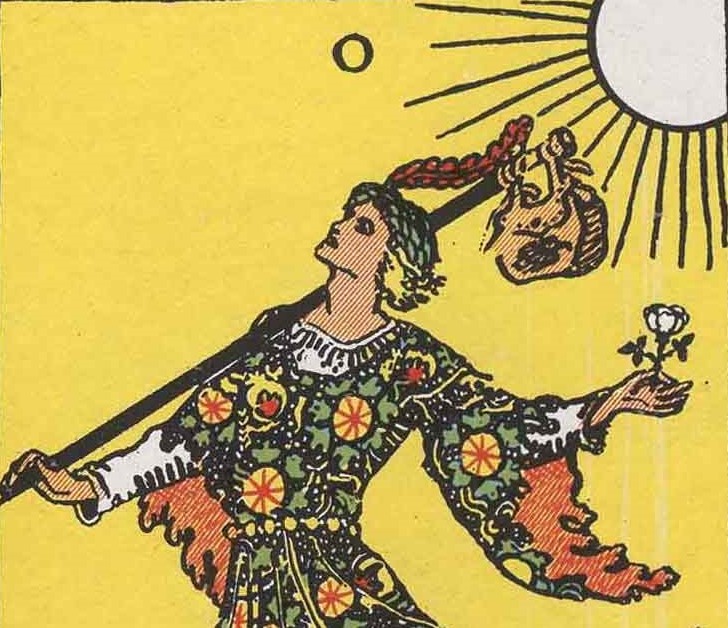George Orwell? Bertrand Russell? Thomas Sowell? Nicholas Kisburg? George Will? Apocryphal?

Question for Quote Investigator: Intelligent individuals sometimes embrace remarkably foolish ideas. Here are four versions of an acerbic remark:
(1) One has to belong to the intelligentsia to believe things like that: no ordinary man could be such a fool.
(2) This is one of those views which are so absurd that only very learned men could possibly adopt them.
(3) Only an intellectual could have said that; an ordinary person wouldn’t dare say anything so dumb.
(4) There are some things only intellectuals are crazy enough to believe.
This notion has been attributed to influential English novelist George Orwell and prominent British philosopher Bertrand Russell. Would you please help me to find the correct phrasing together with a citation?
Reply from Quote Investigator: In 1945 George Orwell published an essay titled “Notes on Nationalism”. Orwell asserted that some British intellectuals in 1940 were confident that Germany and Japan would be triumphant in World War II. Boldface added to excerpts by QI:1
He could believe these things because his hatred of the British ruling class forbade him to admit that British plans could succeed. There is no limit to the follies that can be swallowed if one is under the influence of feelings of this kind.
I have heard it confidently stated, for instance, that the American troops had been brought to Europe not to fight the Germans but to crush an English revolution. One has to belong to the intelligentsia to believe things like that: no ordinary man could be such a fool.
Thus, George Orwell did employ an instance of this saying. Bertrand Russell and other commentators also employed versions of this saying as indicated below.
Here are additional selected citations in chronological order.
Continue reading “Quote Origin: One Has To Belong To the Intelligentsia To Believe Things Like That: No Ordinary Man Could Be Such a Fool”







